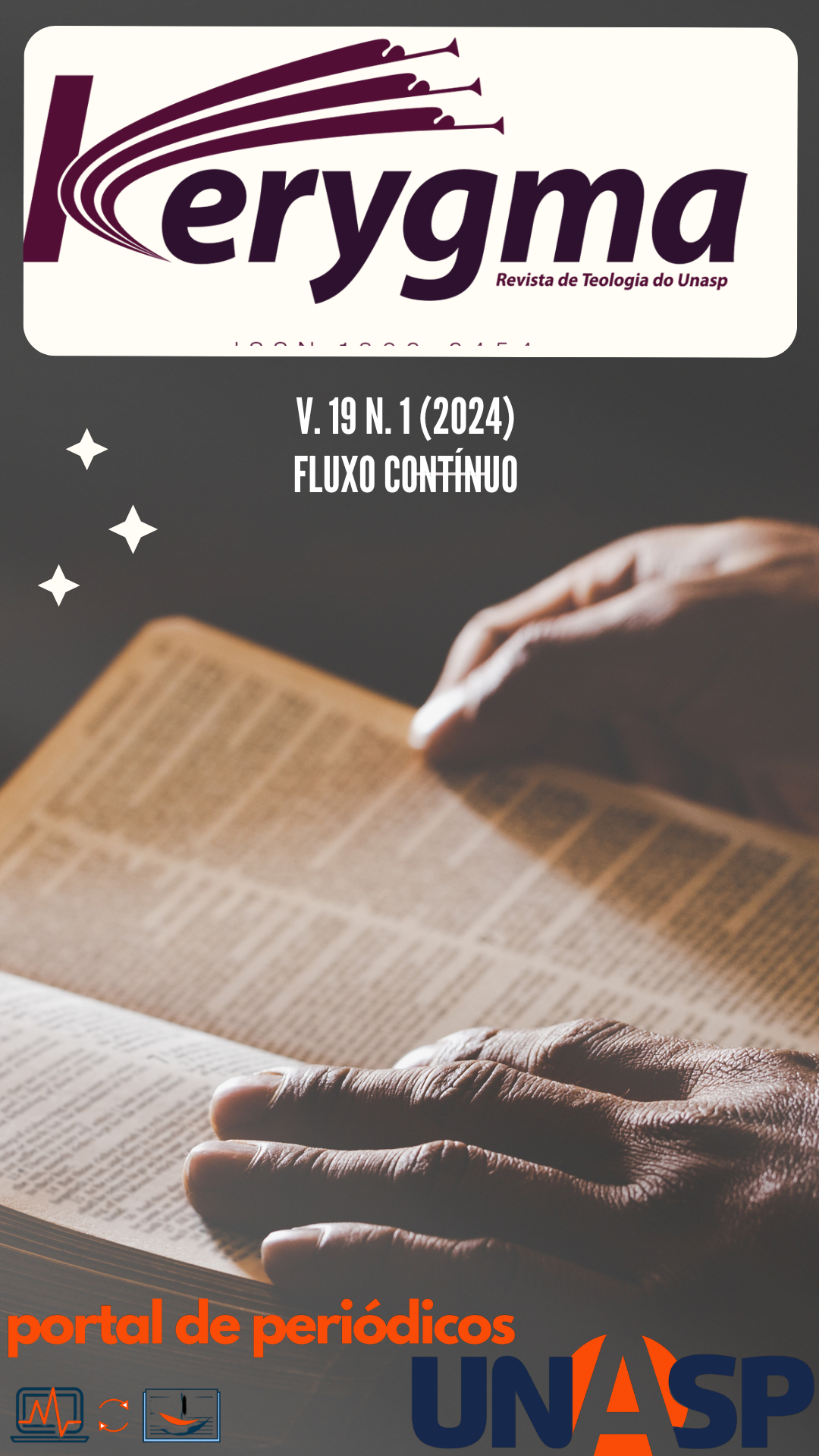Resumen
Las profecías desempeñaron un papel central en la historia bíblica, proporcionando orientación espiritual y política a las naciones, especialmente a Israel. Este artículo investiga la diferencia entre los verdaderos profetas y grupos como adivinos y falsos profetas, analizando prácticas del Oriente Próximo como la hepatoscopia y los presagios. La investigación adopta un enfoque cualitativo, comparando métodos y propósitos proféticos a partir de fuentes bíblicas y arqueológicas. Los resultados indican que la profecía bíblica se distingue por su fidelidad a Dios, sin depender de técnicas adivinatorias, mientras que los falsos profetas buscaban agradar a la élite política. Se concluye que los verdaderos profetas a menudo desafiaban las estructuras de poder, reafirmando su función como mediadores entre Dios y el pueblo. Este estudio contribuye a una comprensión más amplia de las prácticas espirituales en la antigüedad y la singularidad de la tradición profética bíblica.
Citas
BOSCHUNG, D. Kairos as a figuration of time: a case study. Paderborn: Wilhelm Fink, 2013.
COGAN, M. A new cuneiform text from Megiddo. Israel Exploration Journal, v. 63, n. 2, p. 131-134, 2013.
COHEN, C. Right and left. In: SKOLNIK, Fred (ed.). Encyclopaedia judaica. 2. ed Farmington Hills: Macmillan Reference USA, 2007. v. 17. p. 301-302.
GREENBERG, M. Nebuchadnezzar and the Parting of the Ways: Ezek. 21:26-27. In: COGAN, M.; EPH'AL, I. (ed.). Ah, Assyria…: Studies in Assyrian history and Ancient Near Eastern historiography presented to Hayim Tadmor. Jerusalem: Magnes, 1993. p. 267-271.
HAMORI, E. The prophet and the necromancer: women’s divination for kings. Journal of Biblical Literature, v. 132, n. 4, p. 827-843, 2013.
HESS, R. Israelite religion: an archaeological and biblical survey. Grand Rapids, MI: Baker Academic, 2007.
HOROWITZ, W.; OSHIMA, T.; WINITZER, A.. Hazor 17: another clay liver model. Israel Exploration Journal, v. 60, n. 2, p. 129-132, 2010.
JEFFERS, A. Magic and divination in ancient Palestine and Syria. Leiden: Brill, 1996. (Studies in the History of the Ancient Near East, v. 8).
KALTNER, J.; STULMAN, Louis. Inspired speech: prophecy in the ancient Near East essays in honor of Herbert B. Huffmon. New York: T&T Clark, 2004.
KOCH-WESTENHOLZ, U. Babylonian liver omens. Copenhagen: Museum Tusculanum Press, 2000.
KRUGER, P. A world turned on its head in ancient Near Eastern prophetic literature: a powerful strategy to depict chaotic scenarios. Vetus Testamentum, v. 62, n. 1, p. 58-76, 2012.
LEÃO, D.; FRAZIER, F. Tychè et Pronoia: la marche du monde selon Plutarque. Coimbra: Imprensa da Universidade de Coimbra, 2010. Disponível em: http://dx.doi.org/10.14195/978-989-8281-53-1. Acesso em: 09 set. 2024.
MARTINS, A.; MARTINS, C. History of liver anatomy: Mesopotamian liver clay models. Hepato Pancreato Biliary, v. 15, n. 4, p. 322-323, 2013.
NISSINEN, M.; SEOW, C. L.; RITNER, R. K.; MELCHERT, H. C. Prophets and prophecy in the ancient Near East. 2. ed. Atlanta: Society of Biblical Literature, 2019. (Writings from the Ancient World, n. 12).
PRICE, H. Some philosophical questions about telepathy and clairvoyance. Philosophy, v. 15, n. 60, p. 363-385, 1940.
SANDERS, S. Why prophecy became a biblical genre. First Isaiah as an instance of Ancient Near Eastern text-building. Hebrew Bible and Ancient Israel, v. 6, n. 1, p. 26-52, 2017.
SCHNEIDER, M. Reviewed Work: Ancient Israelite Religion Susan Niditch. Review of Religious Research, v. 40, n. 1, p. 92-93, 1998.
STRUCK, P. 2013 Arthur O. Lovejoy lecture: a cognitive history of divination in Ancient Greece. Journal of the History of Ideas, v. 77, n. 1, p. 1-25, 2016.
SWEENEY, M. The distinctive roles of the prophets in the Deuteronomistic history and the Chronicler’s history. In: KELLE, Brad; STRAWN, Brent (ed.). The Oxford Handbook of the historical books of the Hebrew Bible. New York: Oxford University Press, 2020. p. 201-213.
VILLIERS, G. The origin of prophetism in the Ancient Near East. HTS Teologiese Studies/Theological Studies, v. 66, n. 1, p. 1-6, 2010. Disponível em: https://doi.org/10.4102/hts.v66i1.795. Acesso em: 16 set. 2024.
WINITZER, A. Writing and mesopotamian divination: the case of alternative interpretation. Journal of Cuneiform Studies, v. 63, p. 77-94, 2011.

Esta obra está bajo una licencia internacional Creative Commons Atribución 4.0.
Derechos de autor 2025 Kerygma

